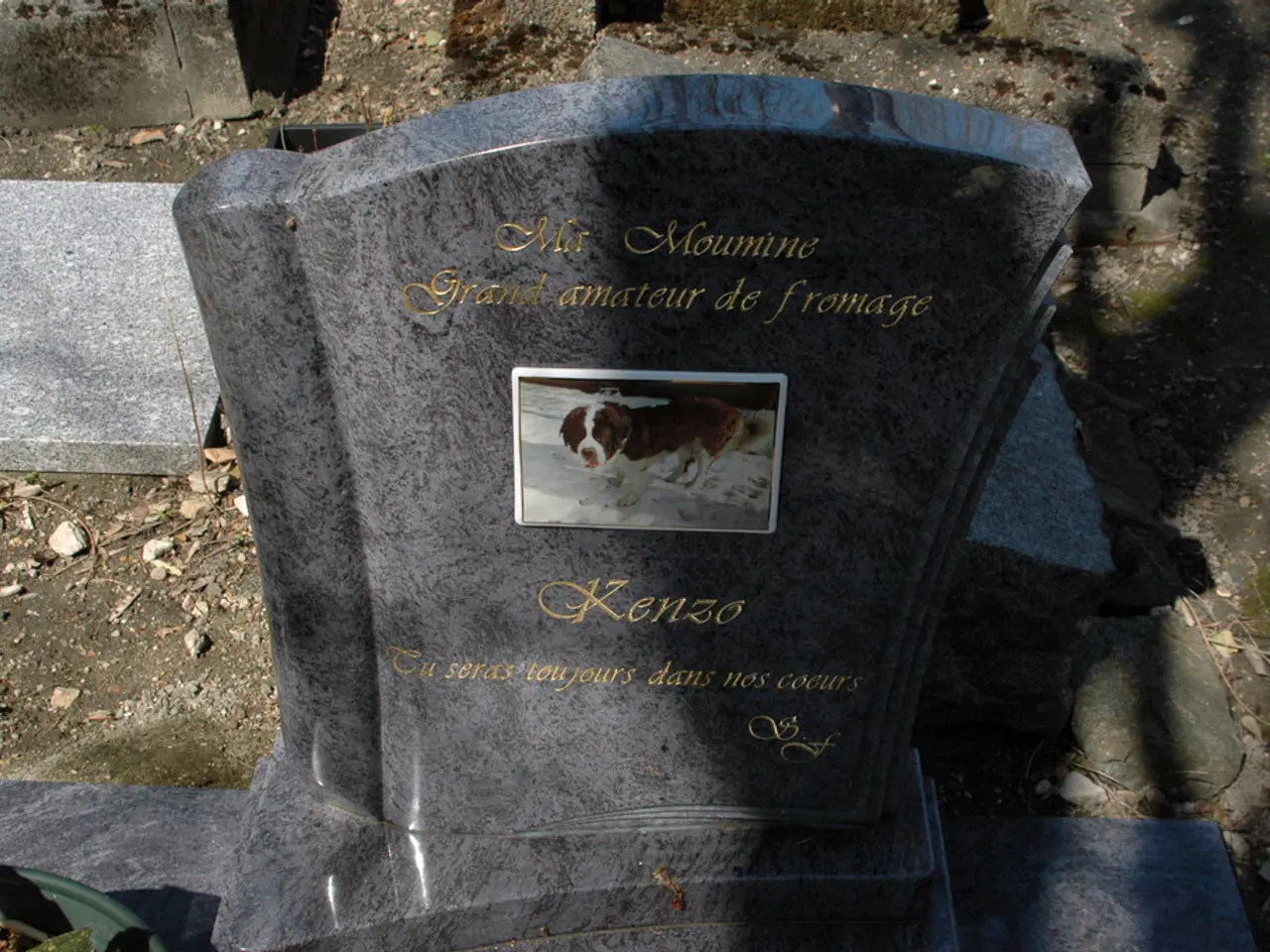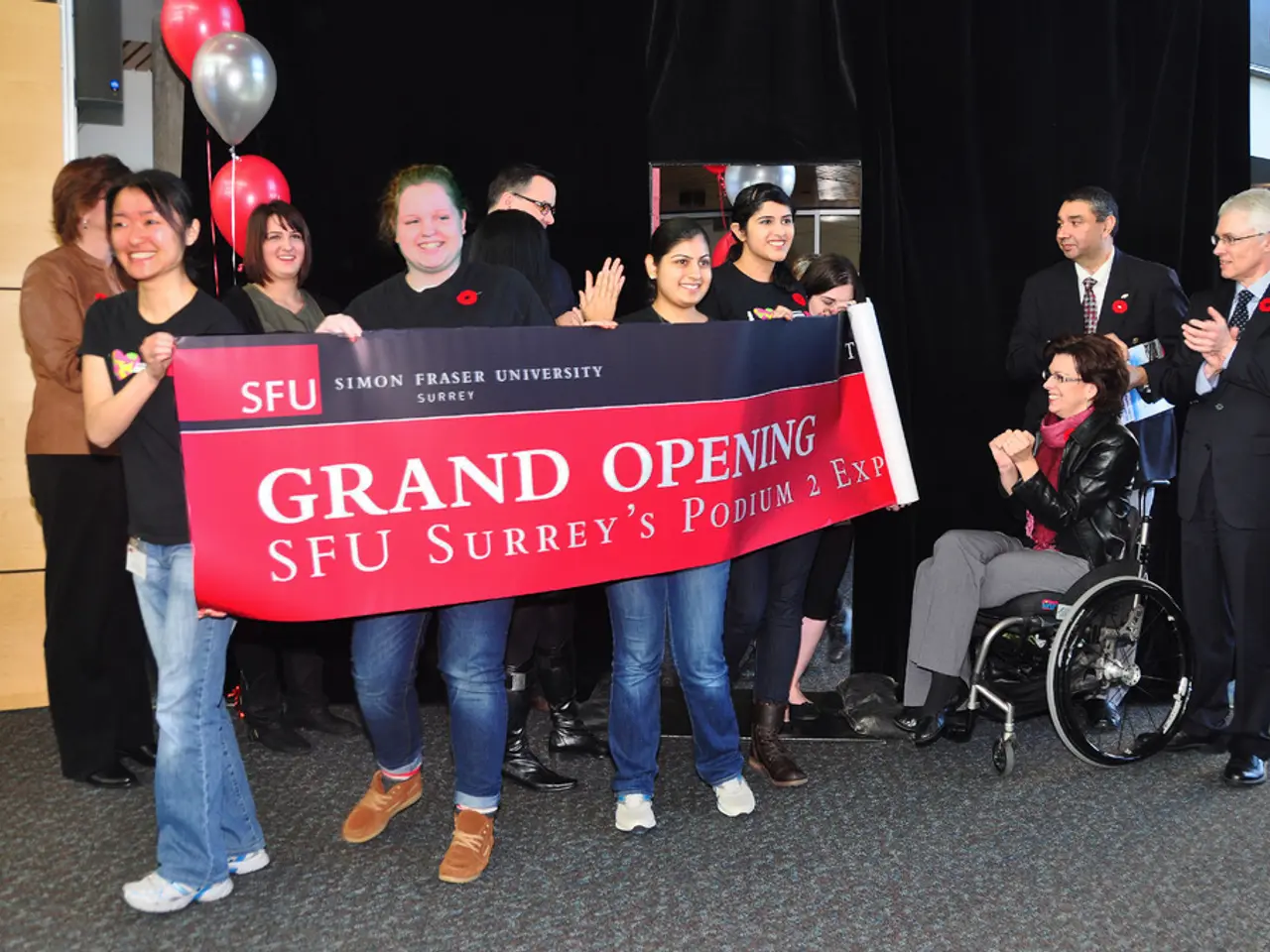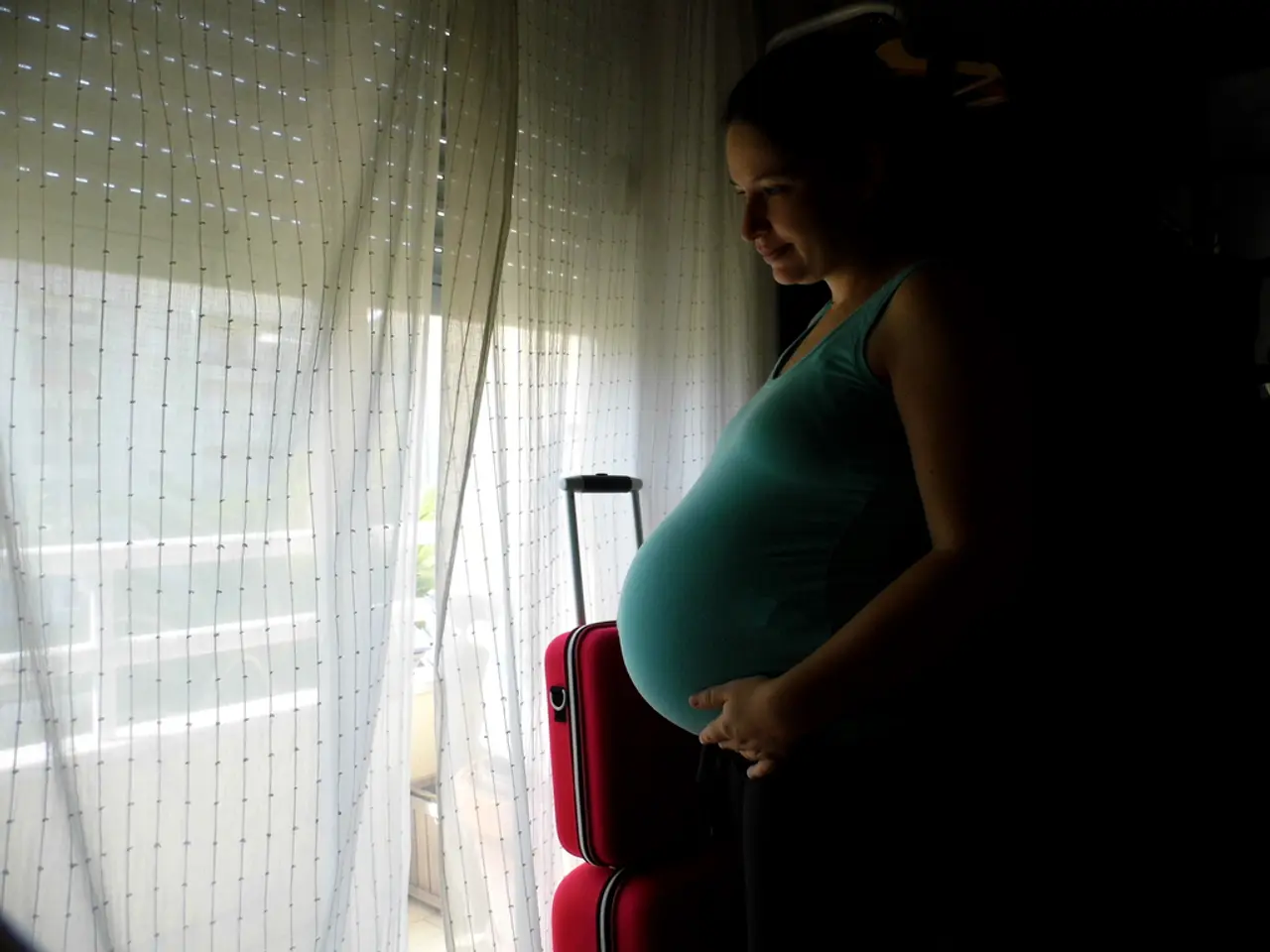Unraveling Cold-Case Mysteries through DNA and Digital Data in America
In the realm of forensic science, a nonprofit organisation named the DNA Doe Project is making waves in the United States. This innovative organisation uses DNA analysis and open-source genealogy tools to solve cold cases of unidentified remains [1][3][4].
The project, described as a "large logic puzzle" by its director, Jennifer Randolph, is not just about science, but about being seen and making the anonymous known. It's about restoring dignity to the unidentified dead and their families [1][4].
The process begins with obtaining a DNA sample from skeletal remains or other biological tissues. The DNA is then sequenced and a profile suitable for genealogical comparison is generated. This profile is uploaded to public DNA databases like GEDmatch, FamilyTreeDNA, and DNA Justice, in search of distant relatives [1].
Volunteer genealogists analyze these familial matches to build family trees and trace the decedent’s identity. They narrow down candidates until the unidentified person is formally identified. This method has enabled the DNA Doe Project to solve cases that had gone cold for decades, restoring the names to over 50,000 unnamed deceased in the U.S., providing closure to families and aiding criminal investigations [1][4].
The work of the DNA Doe Project is not without its challenges. It can be emotionally taxing as it often results in families receiving difficult news. Yet, the team perseveres, driven by the knowledge that each match in the smaller data pool is critical due to its rarity [1].
The project's work is featured in the National Geographic docuseries Naming the Dead, which does not glamorize the work but focuses on restoring dignity to the unidentified dead and their families [1][4]. The tech used by the DNA Doe Project relies on human effort and intention for its success.
The DNA Doe Project operates as a nonprofit, often covering lab costs and volunteer research hours to identify a single person. Private services like AncestryDNA and 23andMe do not allow uploads of profiles from unidentified remains, limiting the pool of data for the DNA Doe Project to between 1.5 and 2 million profiles [1].
Advances in next-generation sequencing technology make it possible to work with degraded DNA samples from cold cases that are up to 40 years old. This technology, combined with the dedication of the volunteers and experts like Jennifer Randolph and co-founder Colleen M. Fitzpatrick, ensures that the DNA Doe Project continues to make a difference [1][2].
For those involved, the work is exciting because it's on the cusp of resolving a puzzle. As Jennifer Randolph stated, "Every case is a new mystery to unravel" [1]. The DNA Doe Project aims to give every unidentified person the opportunity to be identified, regardless of the difficulty of the case.
In a personal touch, the author of this article can attest to the power of forensic genetic genealogy. It has not only helped solve cold cases but also reunited families, as demonstrated by the author's personal experience of discovering a half-brother through a DNA test [1].
References:
[1] National Geographic. (2021). Naming the Dead. [Television series]. [2] DNA Doe Project. (n.d.). About Us. Retrieved from https://dnadoeproject.org/about/ [3] DNA Doe Project. (n.d.). Methodology. Retrieved from https://dnadoeproject.org/methodology/ [4] DNA Doe Project. (n.d.). Impact. Retrieved from https://dnadoeproject.org/impact/
- The DNA Doe Project, featured in the National Geographic docuseries Naming the Dead, is a testament to the intersection of science and technology in addressing medical-conditions like identifying the unidentified dead, using DNA analysis and genealogical tools like GEDmatch, FamilyTreeDNA, and DNA Justice.
- The DNA Doe Project, working tirelessly to provide DNA justice, demonstrates how advances in health-and-wellness technology, such as next-generation sequencing, can aid in the solution of cold cases and the alleviation of emotional distress experienced by families dealing with medical conditions like unidentified loved ones.




